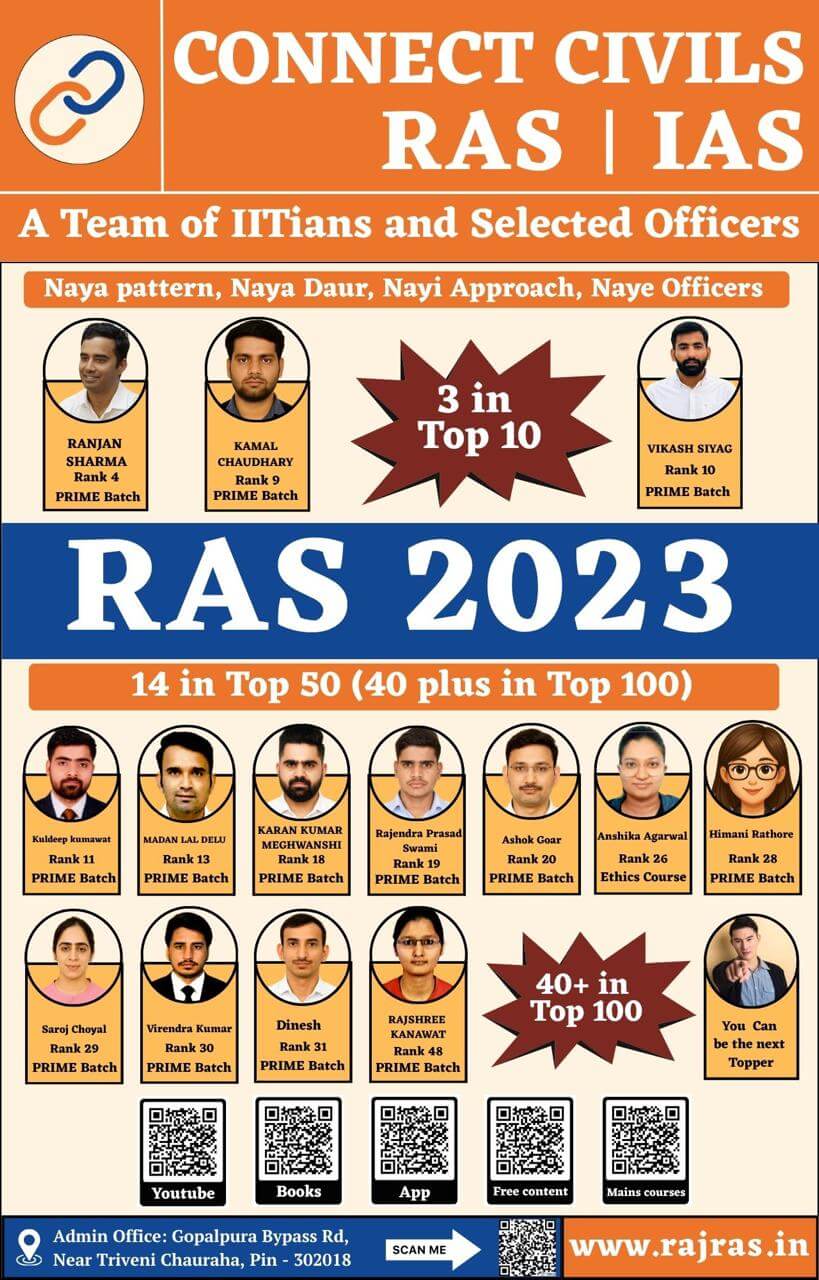What is Kigali Agreement?
Kigali Agreement is the Hydroflurocarbon (HFC) Amendment to the Montreal Protocol, agreed to at the 28th Meeting of Parties at Kigali, Rwanda.
Facts regarding Kigali Agreement:
- The Kigali Agreement upholds the principle of Common but Differentiated Responsibilities and Respective Capabilities (CBDR & RC).
- It recognizes the development imperatives of high-growth economies like India, and provides a realistic and viable roadmap for the implementation of a phase-out schedule for high global warming potential (GWP) HFCs.
- The Kigali Amendment to the Montreal Protocol has been signed by 197 nations – including India. The agreement is legally binding and will come into force from January 1, 2019.
- The developed countries, led by the US and Europe, will reduce the HFC use by 85 per cent by 2036 over a 2011-13 baseline.
- China, which is the largest producer of HFC in the world, will reduce its use by 80 per cent by 2045 over the 2020-22 baseline and India will reduce the use of HFC by 85 per cent over the 2024-26 baseline.
This was about Kigali Agreement, but in order to truly appreciate its importance, one needs to understand the issue of HFC, Global Warming and Ozone depletion in some detail.
What are HFC?
HFC or “Hydrofluorocarbons” are a type of gas, used widely for refrigeration. Three main HFCs used are HFC-23, HFC-134a and HFC152a.
What is the issue with HFC?
Initially HFC were not used for refrigeration, instead another gas CFC or Chlorofluorocarbons were used. But the problem with CFC was that it was causing depletion of ozone layer. Hence, use of CFC was banned and use new gas HFC was proposed. Now, HFC was used as refrigeration gas, this gas did not cause depletion of ozone layer but it had another problem, it contributed to Global Warming. Hence the problem with HFC is, it is a powerful greenhouse gas with long atmospheric lifetimes (14 years).
What is Vienna Convention and Montreal Protocol ?
Now as we mentioned before, there was a problem of Ozone layer depletion, hence, world leaders came together and organized a Convention in Vienna(Austria) in 1985 in which a treaty called as Vienna Convention for the Protection of the Ozone Layer was signed.
Under this Vienna Convention, a meeting was held at Montreal(1989)in which an international treaty was signed to protect the ozone layer by phasing out the production of numerous substances that are responsible for ozone depletion. This treaty has been called as “Montreal Protocol“. Since 1989, it has undergone eight revisions, in 1990 (London), 1991 (Nairobi), 1992 (Copenhagen), 1993 (Bangkok), 1995 (Vienna), 1997 (Montreal), 1998 (Australia), 1999 (Beijing) and 2016 (Kigali, adopted).
In simple terms, The Vienna Convention is for the Protection of the Ozone Layer and the Montreal Protocol is on Substances that Deplete the Ozone Layer.
Importance of these Agreements:
- As a result of the international agreement, the ozone hole in Antarctica is slowly recovering.
- Climate projections indicate that the ozone layer will return to 1980 levels between 2050 and 2070.
- Rare Example of International Cooperation: The two ozone treaties have been ratified by 197 parties, which includes 196 states and the European Union, making them the first universally ratified treaties in United Nations history.
- The Montreal Protocol is also expected to have effects on human health. A 2015 report by the U. S. Environmental Protection Agency estimates that the protection of the ozone layer under the treaty will prevent over 280 million cases of skin cancer, 1.5 million skin cancer deaths, and 45 million cataracts in the United States
- Kigali Agreement will lead to a reduction of 0.5 degree in global temp by the end of the century and enable us to achieve the goals set in Paris.
- Further, it will also provide a mechanism for countries like India to access and develop technologies that leave a low carbon footprint.
What is India Doing?
- First, India has signed the Kigali Agreement.
- Further, India announced domestic action on HFC-23 (trifluoro-methane), a super greenhouse gas with a GWP of 14,800, which is produced as a byproduct of HCFC-22 (chloro-difluoro- methane). Currently, HCFC-22 is the most commonly used refrigerant in India.
- India has mandated five manufacturers, who fully control the domestic market of India, to capture and incinerate HFC-23 so that it is not released into the atmosphere. This action will eliminate release of HFC-23 equivalent to about 100 million tonne of Carbon dioxide emissions over the next 15 years.
- Overall, India’s proposal would avoid HFC emissions equivalent to 70 billion tonne of carbon dioxide.”

Terms:
- Global Warming Potential (GWP) measures the potency of a greenhouse gas over a period of time (compared to carbon dioxide, which has a GWP of 1).


